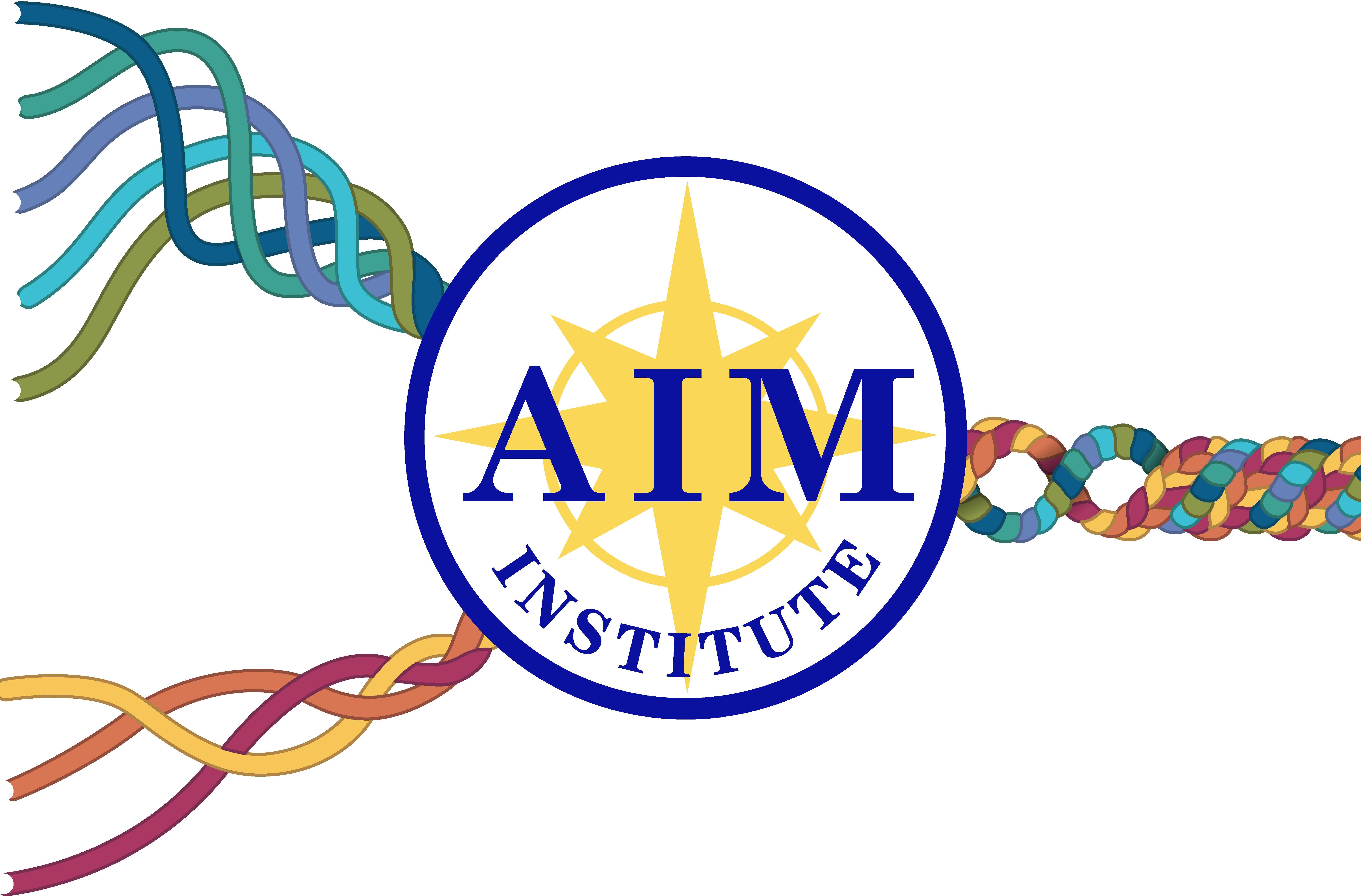



Pathways to Practice A Practitioner Guide PathwaystoLiteracyLeadershipEdition CopyrightedMaterial Thisisasample.Thenumberofpages displayedislimited.
PART 1: THEORETICAL MODELS
● IDA Knowledge & Practice Standards
● Reading Brain
● Simple View of Reading
● Reading Rope
● Ehri’s Phases of Word Reading Development
● Oral Language Systems & Classroom Connections
PART 2: WORD RECOGNITION
● Inclusive Practices for Word Recognition
● Phoneme charts
● Phonemic Awareness Progression chart
● Phonological Awareness & Phonics Progression chart
● Phonic Decoding bookmark
● Fluency Progression chart
PART 3: LANGUAGE COMPREHENSION
● Inclusive Practices for Comprehension
● Mental Model chart
● Practice Profile: Vocabulary
● Vocabulary Effective Practices chart
● Word Conscious Classroom chart
● Background Knowledge chart
● Vocabulary Routine charts
● Semantic Maps
● Sentence Frame graphic organizer
● Text Structure charts
● Text Structure graphic organizers
CopyrightedMaterial Thisisasample.Thenumberofpages displayedislimited.
Table of Contents
PART 4: SYSTEMS & FRAMEWORKS
● Structured Literacy: Do’s & Don’t
● Bridges Transition Model
● Multi-Tiered Systems of Support Framework
● Response to Intervention Guidelines
PART 5: ASSESSMENT
● Diagnostic, Prescriptive Approach to Assessment and Instruction
● Quick Guide for Reading Assessment
Table of Contents CopyrightedMaterial Thisisasample.Thenumberofpages displayedislimited.
Knowledge and Practice Standards for Teachers of Reading
Summary Table
Does Not Include Knowledge and Practice Examples Standard I: Foundations of Literacy Acquisition
1.1 Understand the (5) language processing requirements of proficient reading and writing: phonological, orthographic, semantic, syntactic, discourse.
1.2 Understand that learning to read, for most people, requires explicit instruction.
1.3 Understand the reciprocal relationships among phonemic awareness, decoding, word recognition, spelling, and vocabulary knowledge.
1.4 Identify and explain aspects of cognition and behavior that affect reading and writing development.
1.5 Identify (and explain how) environmental, cultural, and social factors contribute to literacy development.
1.6 Explain major research findings regarding the contribution of linguistic and cognitive factors to the prediction of literacy outcomes.
1.7 Understand the most common intrinsic differences between good and poor readers (i.e., linguistic, cognitive, and neurobiological).
1.8 Know phases in the typical developmental progression of oral language, phoneme awareness, decoding skills, printed word recognition, spelling, reading fluency, reading comprehension, and written expression.
1.9 Understand the changing relationships among the major components of literacy development in accounting for reading achievement.
Standard 2: Knowledge of Diverse Reading Profiles, Including Dyslexia
2.1 Recognize the tenets of the (2003) IDA definition of dyslexia, or any accepted revisions thereof.
2.2 Know fundamental provisions of federal and state laws that pertain to learning disabilities, including dyslexia and other reading and language disability subtypes.
2.3 Identify the distinguishing characteristics of dyslexia.
2.4 Understand how reading disabilities vary in presentation and degree.
2.5 Understand how and why symptoms of reading difficulty are likely to change over time in response to development and instruction.
Standard 3: Assessment
3.1 Understand the differences among and purposes for screening, progress-monitoring, diagnostic, and outcome assessments.
3.2 Understand basic principles of test construction and formats (e.g., reliability, validity, criterion, normed).
3.3 Interpret basic statistics commonly utilized in formal and informal assessment.
3.4 Know and utilize in practice well-validated screening tests designed to identify students at risk for reading difficulties.
3.5 Understand/apply the principles of progress-monitoring and reporting with Curriculum-Based Measures (CBMs), including graphing techniques.
3.6 Know and utilize in practice informal diagnostic surveys of phonological and phoneme awareness, decoding skills, oral reading fluency, comprehension, spelling, and writing.
3.7 Know how to read and interpret the most common diagnostic tests used by psychologists, speech -language professionals, and educational evaluators.
3.8 Integrate, summarize, and communicate (orally and in writing) the meaning of educational assessment data for sharing with students, parents, and other teachers.
Knowledge and Practice Standards for Teachers of Reading ●©2018, The International Dyslexia Association 9
CopyrightedMaterial Thisisasample.Thenumberofpages displayedislimited.


The Reading Rope Scarborough, 2001 © 2022 Academy in Manayunk
Phonemic Awareness Skill Progression

Substitute
Isolate © 2022 Academy in Manayunk
Manipulate Reverse
Add Delete Categorize Blend Segment Identify
Language Comprehension
INCLUSIVE PRACTICES
Vocabulary
● Providealanguagerichenvironmentthatincludesopportunitiesforboth teacherandstudenttalk
● Explicitlydrawconnectionstocognateswhenapplicable
● Introducevisualsupportsfordomainspecificvocabulary

● Previewandreview(frequentrepetitionandpractice)
● Providepointofcontactteachinginthemoment
Comprehension
● Previewthetexttodeterminewhatacademicvocabularyandbackground knowledgeisrequired
● Studentsmayhavedifficultyactivatingpriorknowledge
● Buildknowledgeofacademicvocabulary
● Anticipateconceptsandtopicsdifferentorunfamiliartostudents
● Buildconnectionsbetweenwhatlearnersalreadyknowandwhatisnecessaryfor furtherunderstanding
To learn more about supporting culturally and linguistically diverse learners, reference the teal boxes throughout the course. Listen as experts such as Julie Washington, Ph.D. and Elsa Cárdenas-Hagan, Ph.D share key considerations to support students.
© 2022 Academy in Manayunk
Multiple Meaning Map
Word:
Multiple Meaning Map © 20 22 Academy in Manayunk
Name: Date:
Structured Literacy Do’s & Don’ts Do Don’t
Foundational Skills & Decoding
Systematicandexplicitinstructionin foundationalskillsalignedtoa research-basedscopeandsequence.

Studentsareexplicitlytaught decodingskillstoreadunfamiliar words.
Oralreadingwithteacheroccurs duringthelessontomonitor progressandinformthenextlesson.
Teachersprovideimmediate correctivefeedbackduringdecoding practice.
Teachersprovidestudentswith structuredroutinesforstudent practiceinphonemicawarenessand phonics(example:hearit,sayit,read it,spellit).
Studentsapplydecodingskills throughtheuseofdecodabletexts. Thedecodabletextsarealignedto theprogram’sscopeandsequence ofphonicsandhigh-frequency wordsinstructionwithopportunities forstudentstoapplynewlylearned phonicspatterns,aswellasbuild fluencyskills.
Thereisanimplicitorunsystematic approachtophonics.Instruction lacksasystematic,cumulativescope andsequenceofinstruction.
Studentsaretaughttouse three-cueing:Meaning,syntax,visual information(MSV)toreadunfamiliar wordsasopposedtodecodingfirst.
Majorityofreadingoccurs independentlyorwithapartner.
Teacherscorrectthestudentsby providingthecorrectword.
Theroutinesprovidedbytheteacher varydailyorthereisalackof structuredroutinesforstudent practiceinphonemicawarenessand phonics.
Studentsuseleveledreadersfor independentreading.Theleveled readersdonotaligntotheprogram’s scopeandsequenceofphonicsand high-frequencywordsinstruction andareusedtomakemeaningas opposedtoapplyingnewlylearned phonicspatterns.
© 2022 Academy in Manayunk CopyrightedMaterial Thisisasample.Thenumberofpages displayedislimited.
Quick Guide For Reading Assessment
When assessing emerging readers, this progression should be utilized from the bottom of the progression up, with new assessment measures added and analyzed as they become developmentally appropriate. When assessing older students in third grade or beyond, the analysis should start at the top of the progression with reading comprehension and fluency measures, then down through the foundational sub-skills as needed.
Consider need for language comprehension assessment
Continue evidence-based instruction
ASSESS COMPREHENSION SKILLS
STRONG
Focus instruction on vocabulary & text comprehension skills
ASSESS FLUENCY SKILLS
Oral Reading Fluency + Measures of Expression (accuracy, automaticity + expression)
STRONG
Focus instruction on fluency skills emphasizing expression & phrasing
ASSESS WORD RECOGNITION SKILLS
Oral Reading Fluency (automaticity)
STRONG
Focus instruction on fluency skills in both word & text levels
ASSESS DECODING & PHONICS SKILLS
Letter-Sound Fluency, Nonsense Word Fluency, Oral Reading Fluency (accuracy) & Phonics Inventory
STRONG
Focus instruction on decoding & phonics skills
ASSESS PHONEMIC AWARENESS SKILLS
Phoneme Segmentation Fluency & Phonological Awareness Inventory
Focus instruction on phonemic awareness skills
STRONG
WEAK WEAK WEAK WEAK WEAK Reading Comprehension Measures
Quick Guide For Reading Assessment 1 © 2021 Academy in Manayunk
CopyrightedMaterial Thisisasample.Thenumberofpages displayedislimited.









